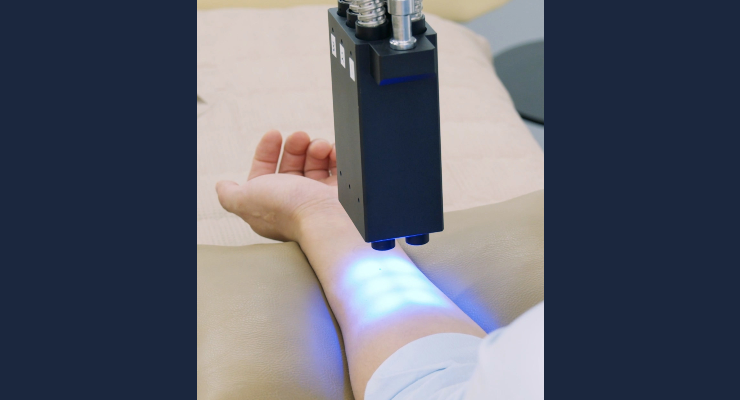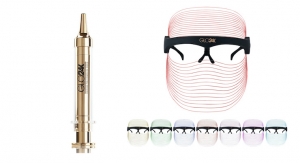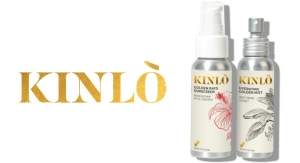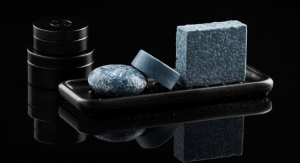Beauty Packaging Staff09.03.20
The Anti-Pollution Research Center of Amorepacific R&D Center has developed a clinical evaluation method for blocking blue light from reaching the skin.
The research paper, which involves research on the harmful effects of blue light on the skin, the development of clinical devices, verification of the efficacy of blocking agents and more, was published in the August 18, 2020 issue of The Journal of Cosmetic Dermatology, which is the SCI-grade international academic journal.
Blue light is a blue wavelength portion of the visible light spectrum ranging from 380−500 nm. It has the shortest wavelength and the strongest energy among all types of visible light, and prolonged exposure to it is known to have harmful effects, such as sleep disturbance and damage to vision. Amorepacific's research proves that everyday blue light exposure can also be harmful to the skin.
Detecting Blue Light Wavelengths
Cho Hong-ri, a senior researcher at the Amorepacific R&D Center, has developed a device that can detect blue light wavelengths that are harmful to the skin and can clinically evaluate blue light blocking performance at those wavelengths.
An experiment using the clinical device revealed that blue light with a wavelength of 456 nm causes skin pigmentation. Based on the finding, Amorepacific tested whether a blue light blocker developed and released by the company itself can actually prevent skin pigmentation. The results proved the blue light blocking effects of the blocker on the basis of the measurement of changes in melanin index values.
Moving forward, Amorepacific plans to conduct further research on the environmental effects and the resulting changes in skin and to continue developing products to protect the skin health of customers around the world.
The research paper, which involves research on the harmful effects of blue light on the skin, the development of clinical devices, verification of the efficacy of blocking agents and more, was published in the August 18, 2020 issue of The Journal of Cosmetic Dermatology, which is the SCI-grade international academic journal.
Blue light is a blue wavelength portion of the visible light spectrum ranging from 380−500 nm. It has the shortest wavelength and the strongest energy among all types of visible light, and prolonged exposure to it is known to have harmful effects, such as sleep disturbance and damage to vision. Amorepacific's research proves that everyday blue light exposure can also be harmful to the skin.
Detecting Blue Light Wavelengths
Cho Hong-ri, a senior researcher at the Amorepacific R&D Center, has developed a device that can detect blue light wavelengths that are harmful to the skin and can clinically evaluate blue light blocking performance at those wavelengths.
An experiment using the clinical device revealed that blue light with a wavelength of 456 nm causes skin pigmentation. Based on the finding, Amorepacific tested whether a blue light blocker developed and released by the company itself can actually prevent skin pigmentation. The results proved the blue light blocking effects of the blocker on the basis of the measurement of changes in melanin index values.
Moving forward, Amorepacific plans to conduct further research on the environmental effects and the resulting changes in skin and to continue developing products to protect the skin health of customers around the world.




























